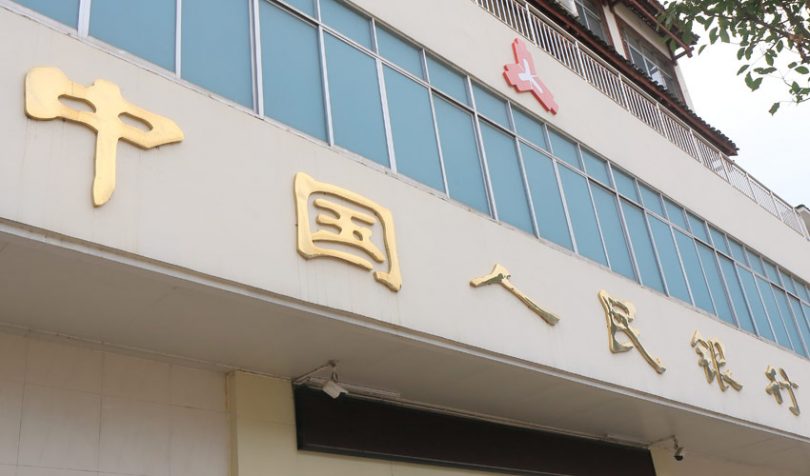Today the Digital Currency Research Institute’s Blockchain Research Group published a paper reviewing the current status of blockchain. The group is responsible for the People’s Bank of China (PBoC) central bank digital currency (CBDC), also known as DC/EP or the digital renminbi. The article reviews the pros and cons of blockchain and concludes that blockchain is not ready to be used in high volume payment systems.
While the DC/EP is not mentioned, it was previously implied the central bank would not use blockchain for its digital currency. Still, subsequently, there were conflicting statements about possible incorporation.
Yesterday Sweden’s central bank, Riksbank, announced it was testing a CBDC using the Corda blockchain. However, Corda is strictly not a blockchain but a distributed ledger technology (DLT) and does not replicate all transactions on every node.
Article continues …

Want the full story? Pro subscribers get complete articles, exclusive industry analysis, and early access to legislative updates that keep you ahead of the competition. Join the professionals who are choosing deeper insights over surface level news.






